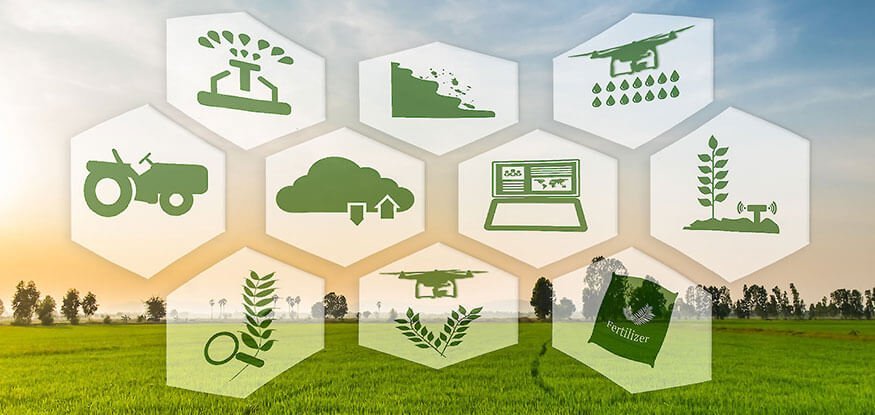E-Agriculture is an up and coming area in the digital age which could affect farmers, businesses, economies, regulators and operators. This is an exciting time for traditional industries like agriculture, to leverage the benefits posed by emerging tech.
GSMA released a report titled ‘E-commerce in agriculture: new business models for smallholders’ inclusion into the formal economy’ which examined the market opportunity of integrating emerging technologies into one of the most traditional industries in our modern world. Agriculture could indeed be maximized with e-commerce and companies such as AgroCenta, Farmcrowdy and Twiga Foods have received grants from GSMA’s Ecosystem Accelerator programme recently to support this prospect.
Argi e-commerce could indeed “disrupt traditional agricultural value chains”, read the report.
“Traditional agricultural value chains involve multiple intermediaries between farmers and consumers. Typically, farmers sell their produce at the farm gates to middlemen. Produce then passes through multiple intermediaries before reaching the end customer. As a result, farmers receive only a small proportion of the price paid by the end consumer as each intermediary in the value chain earns a margin.”
However, adding e-commerce into the mix makes way for a new opportunity: to streamline the value chain involved in the agricultural logistical process and in turn, reduce inefficiencies in the distribution of produce. It will enable farmers to sell their produce in a new and less traditional way, which could also open up new opportunities for them, namely new buyers.
What is more, is that GSMA’s agri e-commerce Market Attractiveness Index sheds light on the maturity of key markets. It does so by leveraging it as an emerging opportunity especially in developing countries and regions. The Market Attractiveness Index examined the readiness of developing countries, as they could vary greatly between one and other. It does this by ranking countries depending on their number of agri e-commerce enablers.
Also another important factor to consider with regards to agri e-commerce is the fact that business models should correlate with local market conditions in order to maximize this opportunity. Mobile operators could add value to this business such as through providing connectivity and enabling online services.
E-commerce has seen tremendous growth throughout the past two decades and global retail sales via e-commerce are now worth $3 trillion and this figure is expected to grow even more in the decades to come. A number of factors have contributed to its growth, some of which include: ever-changing consumers’ preferences, increased internet adoption and shifting delivery options which cater to greater efficiency.
The GSMA report looked at how agri e-commerce helped developing countries and found that it enabled significant improvements to their systems and increased revenues.
A recent report by the UN’s Food and Agriculture Organization (FAO) found three key enablers that businesses, regulators and producers need to work on in order to enable the digital transformation of this sector.
The study found that the use of technology amongst farmers in rural areas is key such as through the use of LoRaWAN to allow for the flow of data between data hubs on farms and low-powered sensors. They stated in the report that although around half of the global population use the internet now, it still remains disproportionate in developing countries where only around 1 in 7 people have access to the internet. The low literacy rates in rural areas need to be addressed, along with the lack of access to mobile phones and social media.
Digital skills in rural areas are relatively low. Creating infrastructure will only solve a portion of the problem by providing the foundations for e-commerce (connectivity); more would need to be done. Populations need to be given the skills to make the most of the technology to maximize production, efficiency and potentially, prosperity in such regions.
Another growing issue which has been noted within the industry is the lack of agricultural entrepreneurs. For a long time, farmers were selling their produce to the government which acted as the middle-man in the value chain or directly to the consumer via nearby markets. With the rise of globalization, large firms took the opportunity to involve themselves in the procurement, transportation and supply of the produce through innovative means such as refrigerated containers and warehouses.
However, there are opportunities for farmers to start up their own companies which use digital business models to further their growth and profits.
The FAO report read: “These days, farmers often design business plans, scout for funding, make use of farming enterprise ‘incubators’ and attend scientific conferences. Youth farmers, in particular, are also more likely to take risks in their farm management.”
This is a growing trend in the industry amongst its younger members. However, the infrastructure and skills are still lacking but could potentially be fixed with the support of local agencies, governments and companies.

